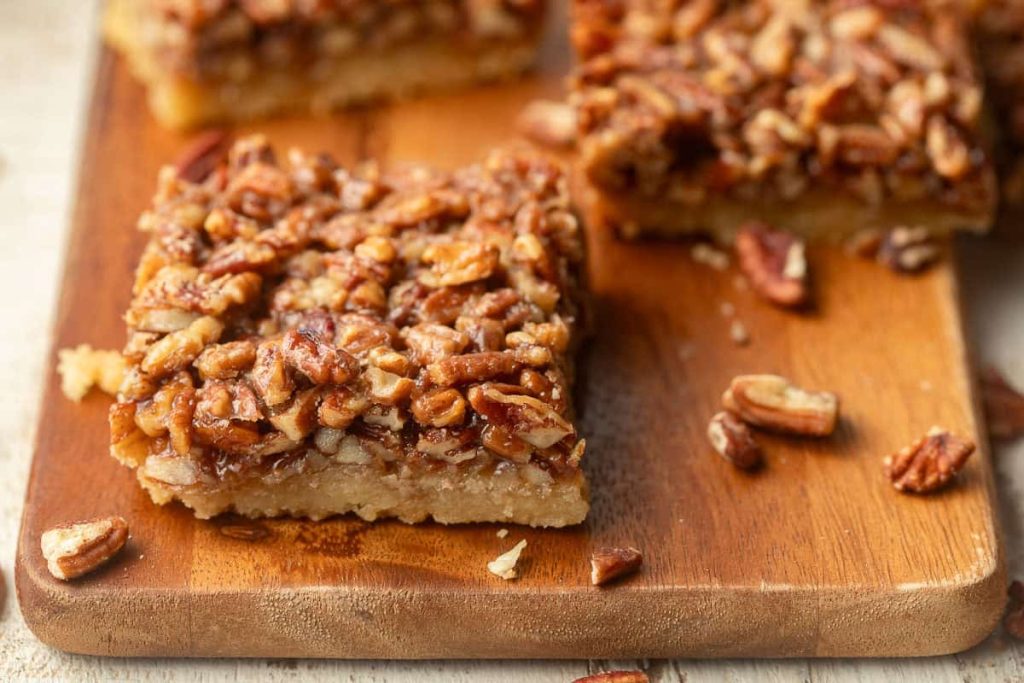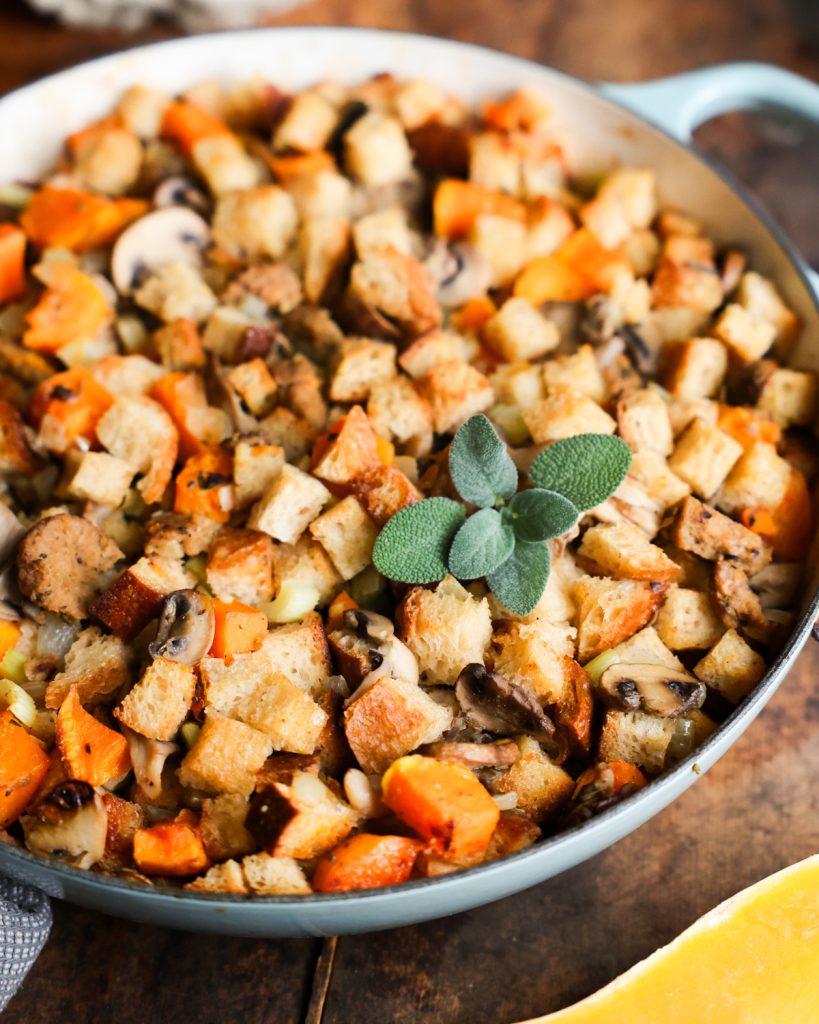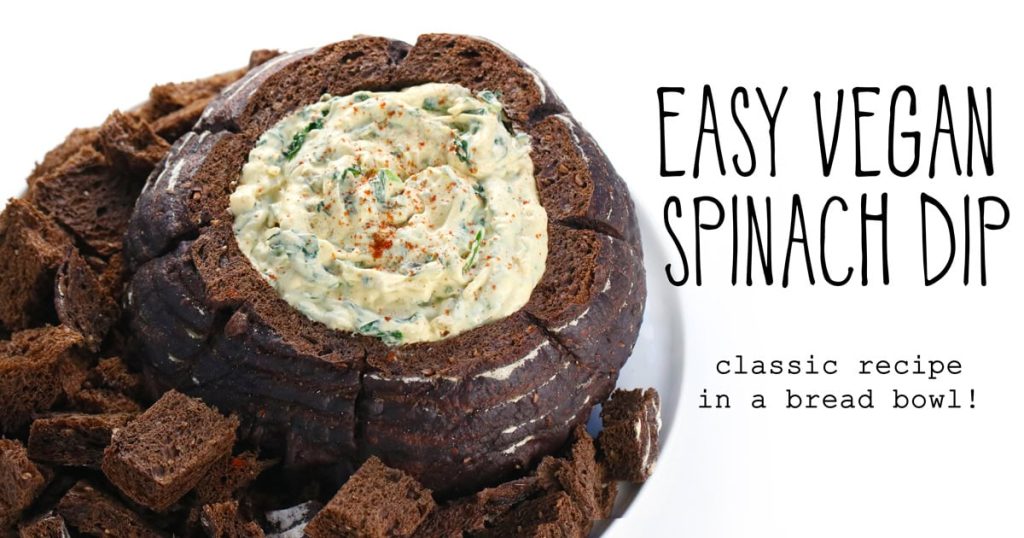 You’ve often heard me talk about my kids, Opie and Jay, but what you probably don’t know is that I have a third child I’ve been hiding from you.
You’ve often heard me talk about my kids, Opie and Jay, but what you probably don’t know is that I have a third child I’ve been hiding from you.
Her name’s Murraya Curry, and she’s a bit of a diva. When I found her at the Indian store, no more than about four inches tall, I was so excited that I forked over a rather exorbitant amount of cash for the privilege of taking her home. I fed her, watered her, gave her a bigger, better bed to rest in. When the nights began to bite, I had Desi carry her gently to the warmest, coziest spot in the house where she could continue to thrive. And a few weeks back, I chopped off her limbs. All three of them.
 Okay, if you haven’t already got it, Murraya Curry (figure that pun out — it was coined by Desi and it’s a good one) is my curry leaf plant. It is true that I am obsessed with her. It is also true that I do, as accused by Desi, take better care of her than I do anyone else in the house. And to get why I love her so, you will have to wear an Indian expatriate’s shoes and walk about in them.
Okay, if you haven’t already got it, Murraya Curry (figure that pun out — it was coined by Desi and it’s a good one) is my curry leaf plant. It is true that I am obsessed with her. It is also true that I do, as accused by Desi, take better care of her than I do anyone else in the house. And to get why I love her so, you will have to wear an Indian expatriate’s shoes and walk about in them.
Curry leaves are an integral ingredient in many Indian — and most south Indian — dishes. They are incredibly aromatic and add an inviting, pungent flavor to recipes that’s impossible to duplicate with any substitute. In India, they grow so plentifully that vegetable sellers often give away huge bunches for free. When I was growing up in Bombay’s concrete jungle, a Tamil family that lived in the apartment building had a tall curry leaf plant growing in their postage-stamp-sized yard. In my father’s backyard in Goa, the purple seeds from his curry leaf tree fall on the earth and create hundreds of little shoots — my dad practically has to weed them out. And in his childhood home in Madras, Desi remembers a thick, large, plentiful tree that he would thoughtlessly tear the leaves off from, for his mom to toss into rasam or sambar.
 But here, in the northeastern United States — and for Indian immigrants living in any part of the world that freezes up for part of the year — curry leaves are hard to grow and therefore invaluable. They are not easy to find in stores, where I live, and the only way I can get them is to drive miles and miles to the Indian store or the H Mart where I pay a small fortune for a bunch.
But here, in the northeastern United States — and for Indian immigrants living in any part of the world that freezes up for part of the year — curry leaves are hard to grow and therefore invaluable. They are not easy to find in stores, where I live, and the only way I can get them is to drive miles and miles to the Indian store or the H Mart where I pay a small fortune for a bunch.
So when I found a little curry leaf plant at the Indian grocery store, I was excited and thrilled at the prospect of growing — and harvesting — my very own curry leaves. I watched practically every video I could find on growing and caring for curry leaf plants. I moved the growing plant into a larger pot, and a still larger one this year. I quenched her thirst with water left over from washing rice, and energized her with coffee grounds, because someone on the internet said so.
Over the past two years the tiny little shoot has grown taller than I am. I’m a little in awe of her. In fact, I was so petrified to touch her for the first year that I continued to buy curry leaves at the store rather than harvest them from the plant. Finally, this year, after watching a video that encouraged pruning the plant to make it grow faster and bushier, I went ahead and lopped off three of her branches. Which left me with more curry leaves than I can count.
Desi loves curry leaves too much — it springs within a Tamilian, y’know — so he hasn’t complained when they’ve made an appearance in practically every dish I’ve cooked this past week. Yesterday, I added them to these Baked Potato Vadas, one of my absolutely favorite dishes because I love spuds and I love crispy things and I love it when they come with no fat.
 Yes, that’s right. The only cooking medium these incredibly delicious vadas need is an oil spray. The starch in the potatoes does a lot of the work of crisping them up and making them golden and delicious. And they are incredibly simple to make– in fact, once you have your potatoes boiled and ready, you can make the vadas in about 15 minutes and then let the oven do the work.
Yes, that’s right. The only cooking medium these incredibly delicious vadas need is an oil spray. The starch in the potatoes does a lot of the work of crisping them up and making them golden and delicious. And they are incredibly simple to make– in fact, once you have your potatoes boiled and ready, you can make the vadas in about 15 minutes and then let the oven do the work.
The curry leaves are delicious in these vadas, but they’re not indispensable. If you don’t have them, you can use another herb– coriander or mint would be great here too.
I’ve got to go, take another look at Murraya before I go to bed. I wonder if I watered her enough today. And should I get a blanket to swaddle her pot in, now that the nights are starting to cool down?
No, I’m not nuts. And I heard you!

- 4 russet potatoes, boiled and peeled, then mashed with a fork. A few lumps are fine– in fact, they are good.
- 20 curry leaves, minced
- 1 serrano or jalapeno pepper, minced
- 2 tsp ginger-garlic paste
- ¼ tsp turmeric (optional)
- 3 tbsp rice flour
- 3 tbsp chickpea flour/garbanzo bean flour/besan
- Salt to taste
- Mix all of the ingredients in a bowl. The mixture will hold together when balled.
- With your fingers, shape 1½ inch patties. They shouldn’t be too thick or too thin– a width of about 2 cm is good.
- Line a baking sheetwith parchment paper. Heat the oven to 450 degrees.
- Spray the parchment paper with some oil spray and place the patties on it, at least 1 inch apart. Spray the tops with more oil spray.
- Place the patties in the preheated oven and bake 20 minutes.
- Flip the vadas over and continue to bake another 20 minutes or until the vadas are golden.
- Serve hot with some chutney.

The post Crispy Baked Potato Vadas. They’re Fat-Free. appeared first on Holy Cow!.



